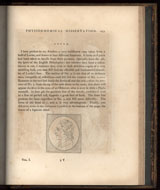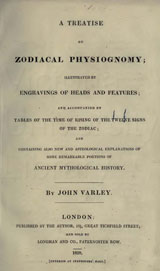With secret ecstasy the benevolent Physiognomist penetrates into the interior of his fellow-creature, and there perceives the noblest dispositions, at least the germs of them, which will not perhaps be completely unfolded till the world to come. He distinguishes in characters what is original from what is the effect of habit, and what is habitual from that which is accidental: thus he judges Man only by himself.
— Johann Casper Lavater (1741-1801)
The Swiss pastor and mystic J. C. Lavater is widely credited with initiating the late eighteenth-century and early nineteenth-century craze for physiognomy—the theory that there is a strong correlation between appearance and moral character. Peppered among Lavater’s influential essays in this volume are vivid illustrations such as “A Face disfigured by Idleness and Debauchery” or “A group of Villain Faces, after Hogarth, and three Heads expressing Inhuman Satisfaction, from Voltaire’s self-sufficient Sneer, up to an Infernal Grin.” Physiognomy influenced descriptions of literary characters, such as Charles Dickens’s Scrooge with his “shrivelled cheeks.” Occasionally the theory (or a critique of it) proved more central to plots and themes, as in Oscar Wilde’s The Picture of Dorian Gray.
Johann Casper Lavater.
Essays on Physiognomy. Vol. 1.
London: Bensley, 1810.
Johann Casper Lavater.
Essays on Physiognomy. Vol. 1.
London: Bensley, 1810.
John Varley.
A Treatise on Zodiackal Physiognomy.
London: Longman, 1828.
John Varley.
A Treatise on Zodiackal Physiognomy.
London: Longman, 1828.








